|
This is part two in the series on Yoga in the World. Part one is available here.
Recently, we were asked to teach for the Biden campaign. We said yes. We did this because when we are asked to teach, we do. Unless we have a scheduling conflict, we teach because this is our job. However, this particular class angered many. Among messages ranging from calling us names to expressions of disappointment, we heard over and over that “yoga isn’t political”. It’s worth exploring this idea because yoga has been very political. Here’s what we mean... Early History Eastern religions were often promoted by kings. The emperor Ashoka for example, lived around 250 BCE. He was Buddhist. He promoted Buddhist dharma and emphasized social responsibility. This translated into developing a category of officers who were in charge of interacting with society and publicizing the dharma. This would be welcomed if you were Buddhist, less so if you were not. In the Bhagavad Gita, the warrior king Arjuna is instructed to go into battle by the god Krishna. This text, from around the turn of the common era, coincided with the emergence of feudalism. Essentially, nobility controlled the land and peasants were expected to work that land while indebted to the nobility for the chance to do so. This presents a fascinating situation. As feudalism emerges so does a spiritual text which contains the concepts of bhakti and karma yoga. Bhakti yoga: whatever you are doing is yoga so long as you are devoted. Karma yoga: one should act without thinking of what they can get in return. Rather, they should dedicate the fruits of their labor to a higher purpose. There are many interpretations of these ideas. Certainly it can seem controversial to present them in this way. However, it's worth at least considering what the role of devotion and renouncing the fruits of your actions could mean in a feudalist society. Twentieth Century More recently, and perhaps more to the point, is the role of yoga in twentieth century India. Prior to Indian independence in 1947, tension was growing and Indian nationalism building. One focus of Indian nationalism was developing strength. This meant strength and health for the individual as well as the nation. Since the purpose was partially to take back power from the British, indigenous practice was the focus. What did this mean? Yoga. Yoga, specifically asana and bayam (positions done in motion) and Surya Namaskar were incorporated into Nationalist organizations. Present Day Even today yoga is seen as a politicizing tool. For example, some are skeptical of the International Day of Yoga founded by Indian Prime Minister Narendra Modi. Many feel that Modi's Hindu national policies overshadow the mission of using yoga to promote health and wellbeing. Conclusion We all have personal views on what we believe yoga should and shouldn't be. As ideas challenge our personal beliefs, we can get frustrated, sad, disappointed and angry. This is normal and a part of the growing process. As yogis, we can embrace what challenges our beliefs. After all, our beliefs are constructs of the mind. Yoga can help illuminate these constructs. Sources Najar, Nida (2015) "International Yoga Day Finally Arrives in India, Amid Cheers and Skepticism" in NYTimes, read more Thakur, Vijay Kumar (1980) "Social Roots of the Bhagavad-Gita" in International Association of Sanskrit Studies. Thapar, Romila (1960) "Ashoka and Buddhism" in Past & Present Vol. 18, Issue 1. 01 Nov 1960. UN: International Day of Yoga, read more
1 Comment
Many of us believe that yoga is a reprieve from the hectic outside world. Our outer lives are fast and stressful while the inner yogic world is calm and peaceful. But yoga is a system that has real-world consequences. You may have noticed that your thoughts, beliefs and actions have changed since you began practicing or studying yoga. And when our actions change, consequences change.
As such, yoga has a long history of interaction with social and political issues. It will be useful to examine some of yoga's core tenets, because they inevitably have an impact in the real world. We want to examine the real-world impact of yoga in three articles. This is the first. Here let's look at some of the fundamental tenets of yoga philosophy: non-violence & truth. NON-VIOLENCE A central belief in yoga and much Eastern philosophy is non-violence. At its heart, this is based upon the belief in karma: every action we do will come back to us later as a consequence. So if we harm someone else, that deed will return to us thanks to the universal law of cause and effect. We cannot possibly commit any action without reaping the consequences upon ourselves. In this way, we avoid violence as a form of self-protection. This belief is somewhat in contrast with the Western view of violence. We protect ourselves, our families, our possessions and our ideals with violence if necessary. Violence is justifiable in self-defense. Violence can even be morally encouraged if we think that the loss of 10 lives will save a million. Admittedly, this is complicated. It can be difficult to assess what we believe as individuals. But it is worth considering the varying viewpoints and their consequences. The yogic view, which avoids violence at literally all costs, has the possible repercussion of allowing the dominance of others who are willing to resort to violence. If I will not fight back, I will probably lose every battle I fight with someone who will. On the other hand, the self-preserving view, that permits violence in self-defense, encourages a highly-developed sense of identity and ego. It also encourages strenuous adherence to systems of belief, which can develop into violent action to defend those beliefs. TRUTH A yogic ideal with far less complexity is the idea of honesty or truth. To our knowledge, every culture encourages honesty. Our parents warned us from a young age, "Tell the truth! Don't lie!" The reasons why we choose honesty or lying are far more interesting. Most interesting are our reasons for lying. Ask yourself: "Why do I lie? When is it justified to avoid the truth or misrepresent it?" The reasons for lying can be distilled down to one word: power. We lie because it gives us power. When my boss asks why I'm late, I lie and say I got a flat tire. I have more power than I would if I told her the truth, which is that I slept through my alarm. Lying forces my boss to accept my version of reality, which allows me to dictate the consequences. Of course, this only works if my boss doesn't have access to other sources for the story. In that case, I don't have power over her version of reality. This is the great lesson of lying. It is only as powerful as its ability to bend the listener's view of reality. When someone lies to us and we believe it, we are completely under their power. However, if they lie to us and we do not believe it, they have no power over us whatsoever. Why does yoga encourage truth? Because it aligns us with reality. Every time we lie, we fracture ourselves from reality. If it is 2 o'clock but I say it is 10 o'clock, I have essentially separated myself from fact. I have constructed a small alternate universe and isolated myself from the real one. If we lie frequently, we remove ourselves from reality and increasingly exist in a bubble of our own making. Yoga's goal is to reverse this process and gradually place us firmly and directly in reality. Not our own thoughts or beliefs, but reality itself. Try it for yourself. Next time you are tempted to tell a lie, no matter how small, tell the truth instead. Your individual sense of power will decrease, but this is only a false sense that is driven by the ego. What improves is your connection to truth, which actually makes you immensely more powerful. IN CONCLUSION The way in which we relate to the world has real consequences. This includes how we think of ourselves and our beliefs. Are we willing to fight for them? Who are we fighting and why? Is violence justified by its outcome? Does the end justify the means? Will we lie to protect our identity, possessions or power? Will we accept the lies of others to do the same? Yogic philosophy answers these questions in specific ways. But that is not terribly important here. What is important is that we consider these questions. And realize that how we answer them will have real-world impact. It's been a while since I posted an update on the Women of Yoga research. I have heard from many of you saying you are eagerly awaiting the research and wondering what is next. This is so nice to hear. I assure you that even though it's been quiet on this front, I am still at it. Here's what has been happening.
I was in Kolkata last fall and this past February. Those trips were largely for the Women of Yoga research so I was able to devote a lot of time to it. During these visits I met with family of some of the women that I'm researching, and many people who worked with these women or knew of them. I found the school Reba Rakshit attended, a center where she worked and two apartments she lived in. If you're wondering how this goes, it's a little like this: "Hi, Please excuse me barging in. I'm wondering, do you have any records of a student who attended your school....about 70 years ago?" Because this is a miraculous process the answer is yes. (However, there is one person who has a key to the room with the record books and they are not in. The person with the key is pretty much never in, but that adds to the fun of it.) I have hemmed and hawed over how to approach this project. Should it be about one woman at a time or many? Should it be scholarly or more accessible? Book? Media? As that was all churning this spring, I was extremely close to a publishing deal. Then came covid. The pitch has not been abandoned but it will depend on the state of things throughout the rest of the year. I've been doing archival work lately. I have also been learning Bengali since last September. The combination is illuminating beyond belief. I have found endless articles written by women about yoga from the twentieth century. I wasn't sure this really existed. It does and it will be compiled in some way and shared with you. Scott and I wrap up our dissertations for our work at SOAS this month. After that, I plan to focus my effort more completely on this project. Stay tuned for more. |
AUTHORSScott & Ida are Yoga Acharyas (Masters of Yoga). They are scholars as well as practitioners of yogic postures, breath control and meditation. They are the head teachers of Ghosh Yoga.
POPULAR- The 113 Postures of Ghosh Yoga
- Make the Hamstrings Strong, Not Long - Understanding Chair Posture - Lock the Knee History - It Doesn't Matter If Your Head Is On Your Knee - Bow Pose (Dhanurasana) - 5 Reasons To Backbend - Origins of Standing Bow - The Traditional Yoga In Bikram's Class - What About the Women?! - Through Bishnu's Eyes - Why Teaching Is Not a Personal Practice Categories
All
Archives
May 2024
|

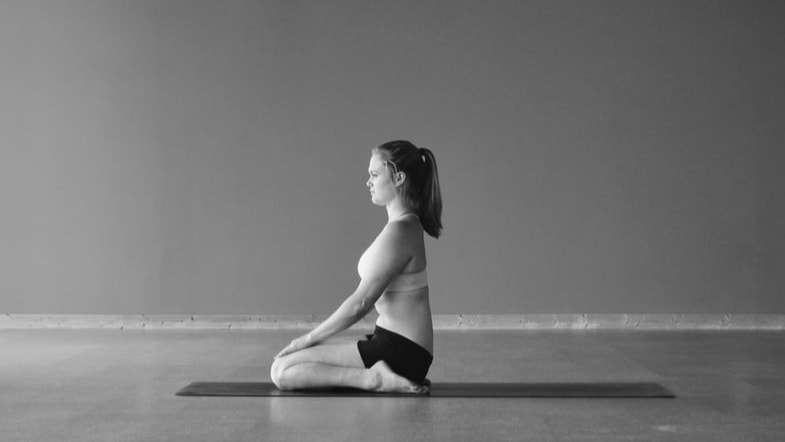
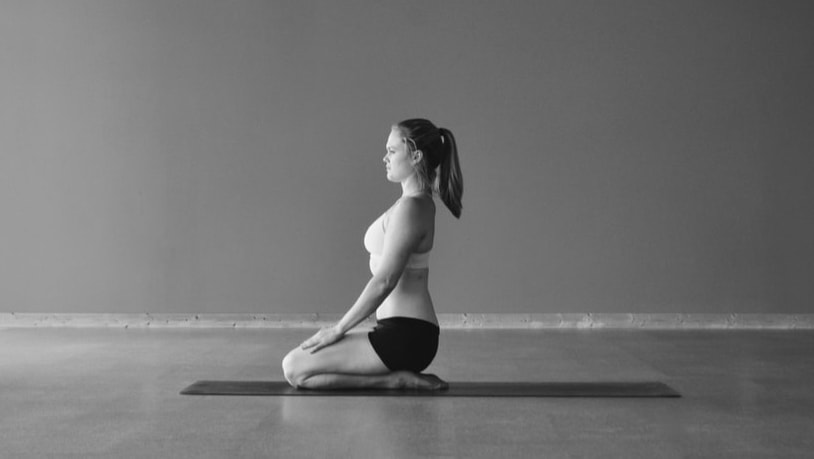
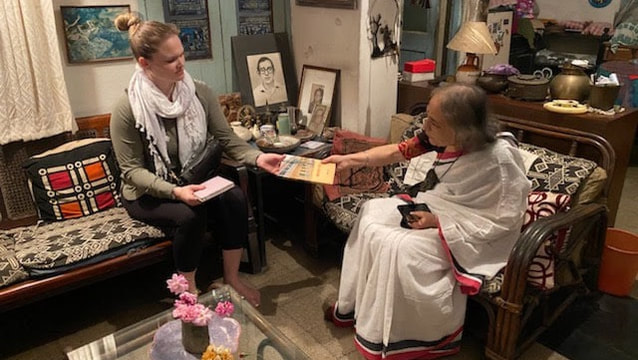
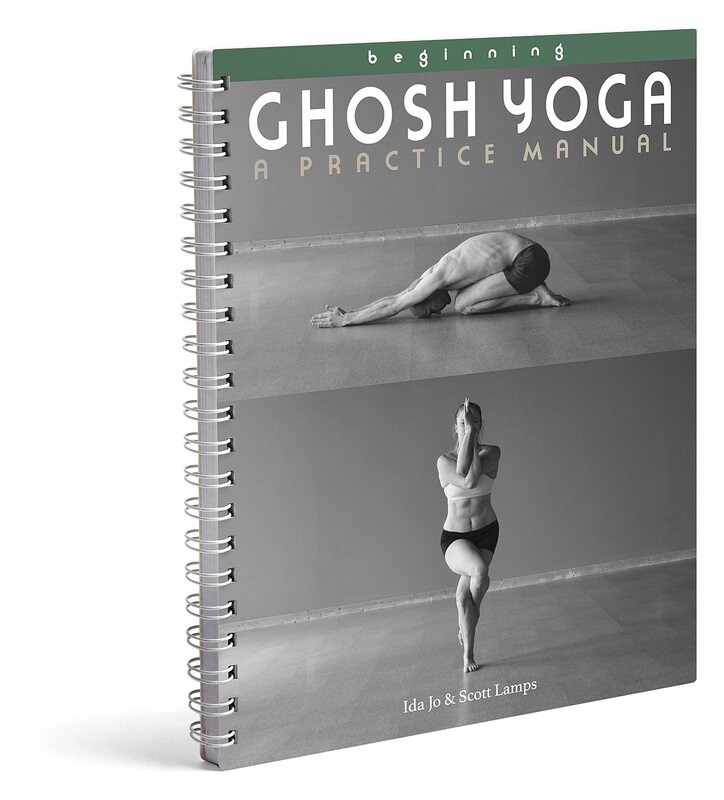
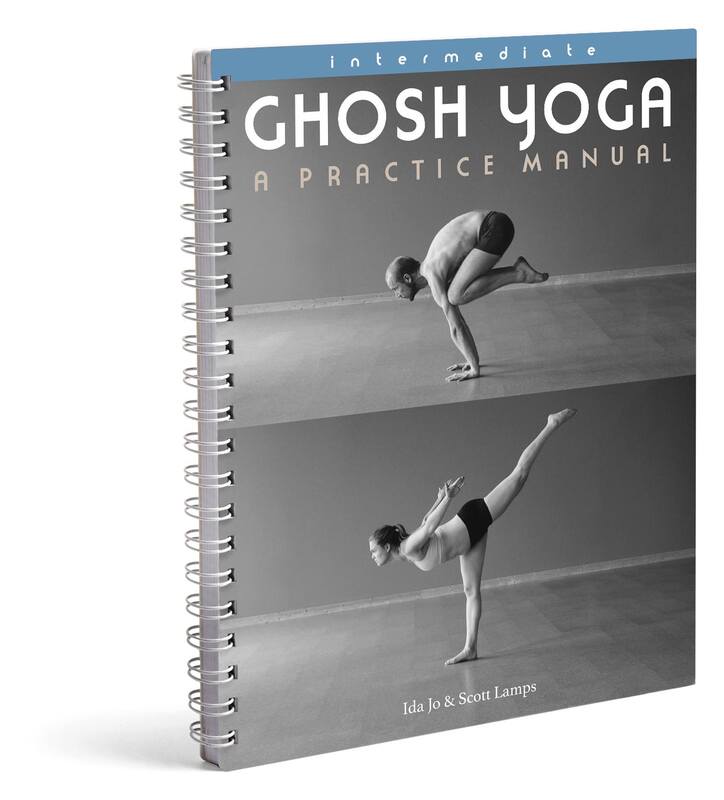
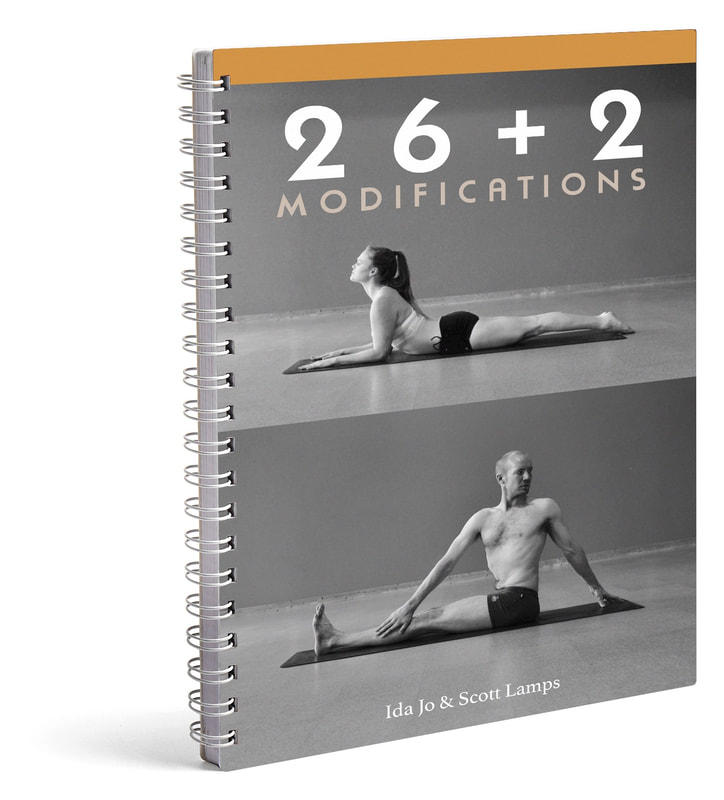
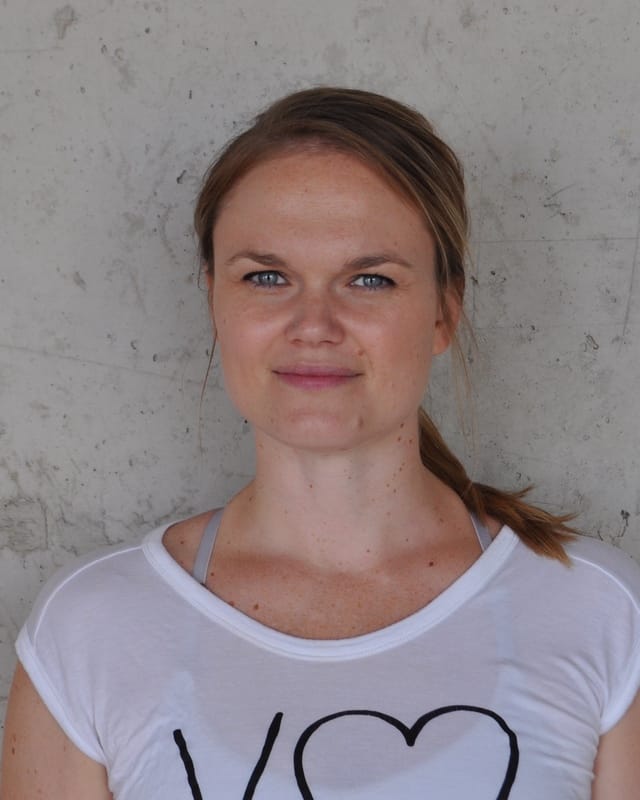
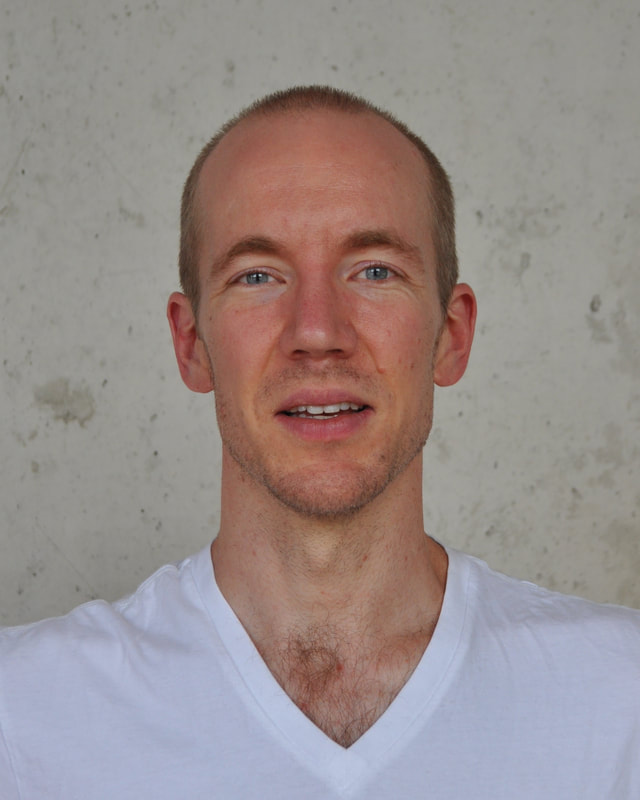
 RSS Feed
RSS Feed